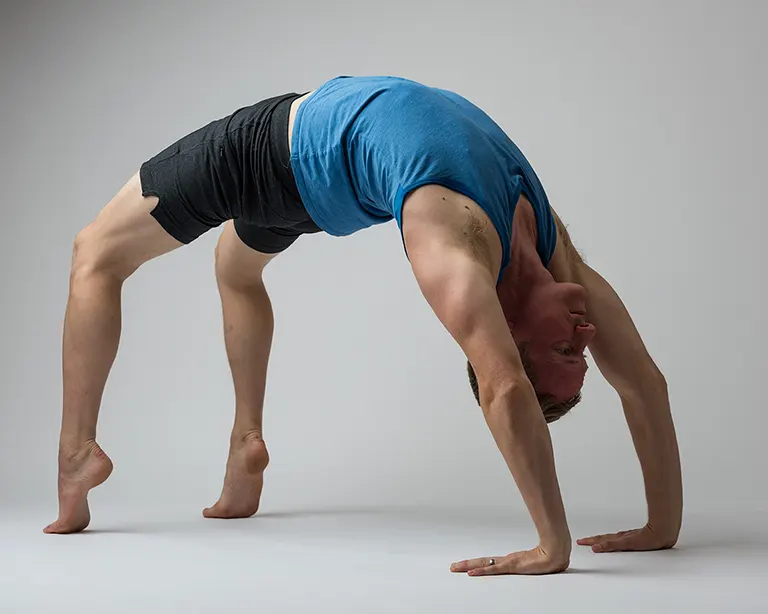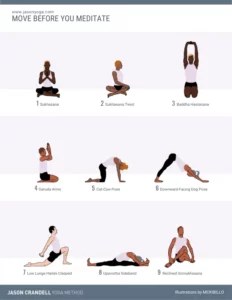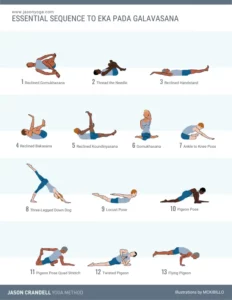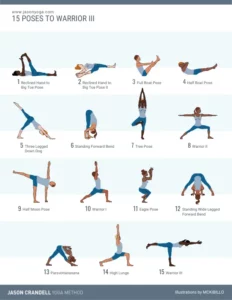Choosing to slow down is a radical decision. And, like most things, slowing down and paying attention takes practice. When it comes to yoga, I wholeheartedly believe that different people need to move at different paces in their yoga flow class to feel satisfied. That said, like every other aspect of modern culture, the trend over the past 15 years in asana practices has been to go faster and faster.
Here’s why slowing down your yoga flow can deepen your practice and benefit your students.
Slow Yoga: 4 Reasons to Slow Down Your Flow
YOU’LL BE ABLE TO SYNC BREATH TO MOVEMENT
If you ask 100 vinyasa teachers to identify the most important component of vinyasa yoga, 100 of them will tell you “breathing.” But, strangely, many classes move at a pace that rushes the breath. I have actually seen students become worse breathers through their vinyasa class because they started taking classes that moved so quickly that their breath was chronically rushed. If breathing is truly the priority in vinyasa yoga—and it is—the pace of class should reflect that. The optimal pace of movement in vinyasa yoga allows your breathing to be full, deep, and unrushed.
YOU’LL BUILD MORE STRENGTH
Try this: Spend 3 or 4 breaths moving from Plank to Chaturanga. Hold Chaturanga for 2 breaths. Finally, take 2 breaths to transition into Upward Facing Dog. Compare this using 1 breath to move from Plank to Chaturanga to Upward Facing Dog. It’s obvious that the slower movements and sustained postures in slow yoga create more strength than the faster movements.
YOU CAN FOCUS ON QUALITY OVER QUANITTY
You can do postures extremely well when you move quickly. But, it’s hard. It’s really hard. As a long-time asana practitioner I like working intensely, but I also want to make sure that my postures have physical integrity and provide effective benefits. Although I have limited range of motion in some regions of my body, I consider myself a skillful practitioner. When I move too quickly—and, when I feel the urge to include too many postures in my flows—I notice that the quality of my postures suffers. I see it in my own practice and I see it in my students’ practice. On the other hand, when I allow myself to move more slowly, I pick up details that I otherwise miss. As a student and teacher, I would always choose fewer postures done with clarity than more postures done with urgency.
See also In Praise of the Quiet Yoga Class
IT’S EASIER TO SAVOR THE JOURNEY
How many times have you driven for hours to arrive at a destination and realized that you can’t remember anything about the journey? There’s a pacing “sweet spot” where your body gets an intense workout and your mind fully engages with your experience. If you move too quickly, you may have valuable practice, but your body and mind are less likely to learn and engage with the process along the way.
I originally wrote and published this article for yogaglo’s blog. In case you missed the news flash, yogaglo is really awesome and you should practice and train with me on their streaming service. Please check them out!




